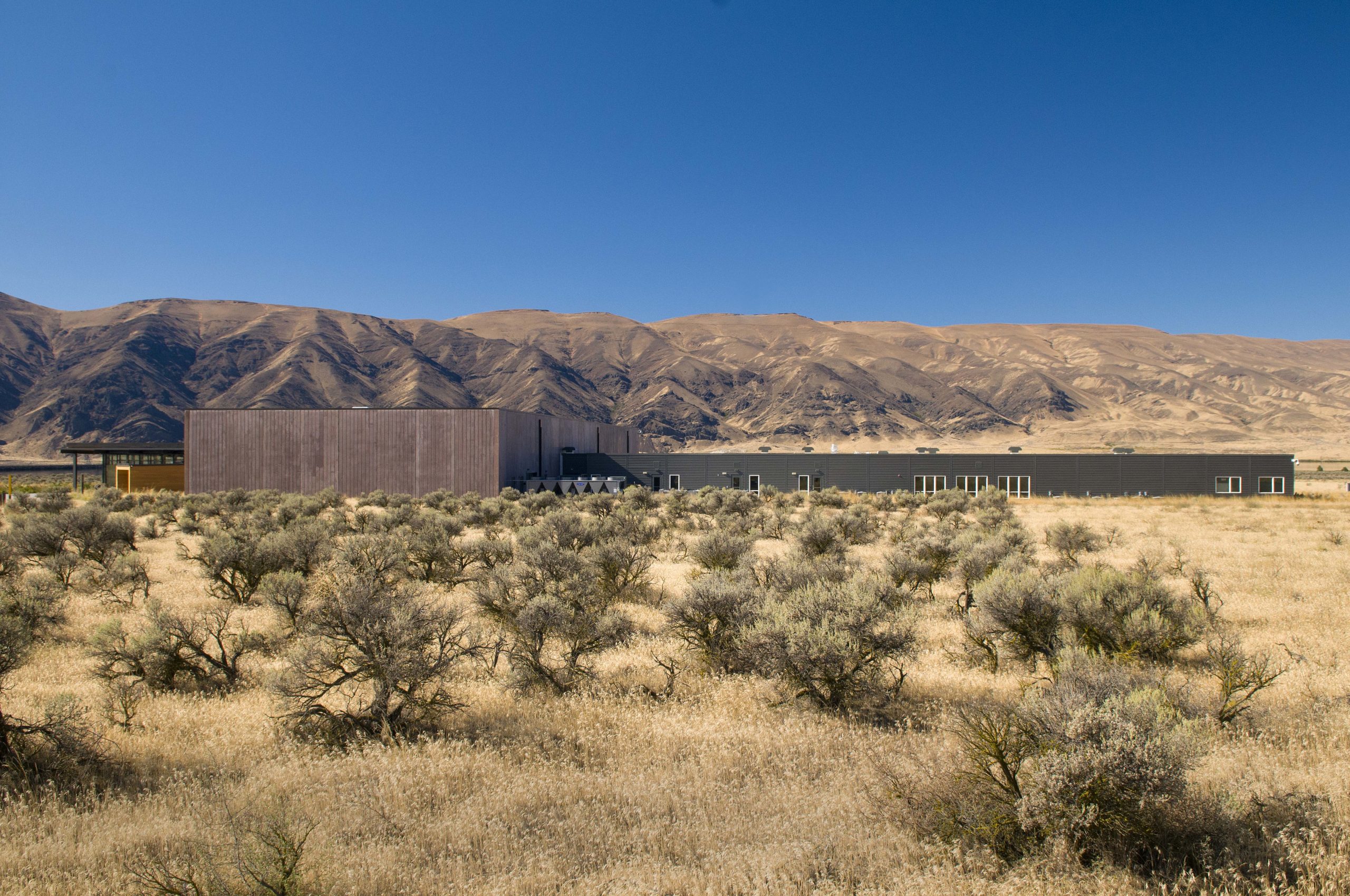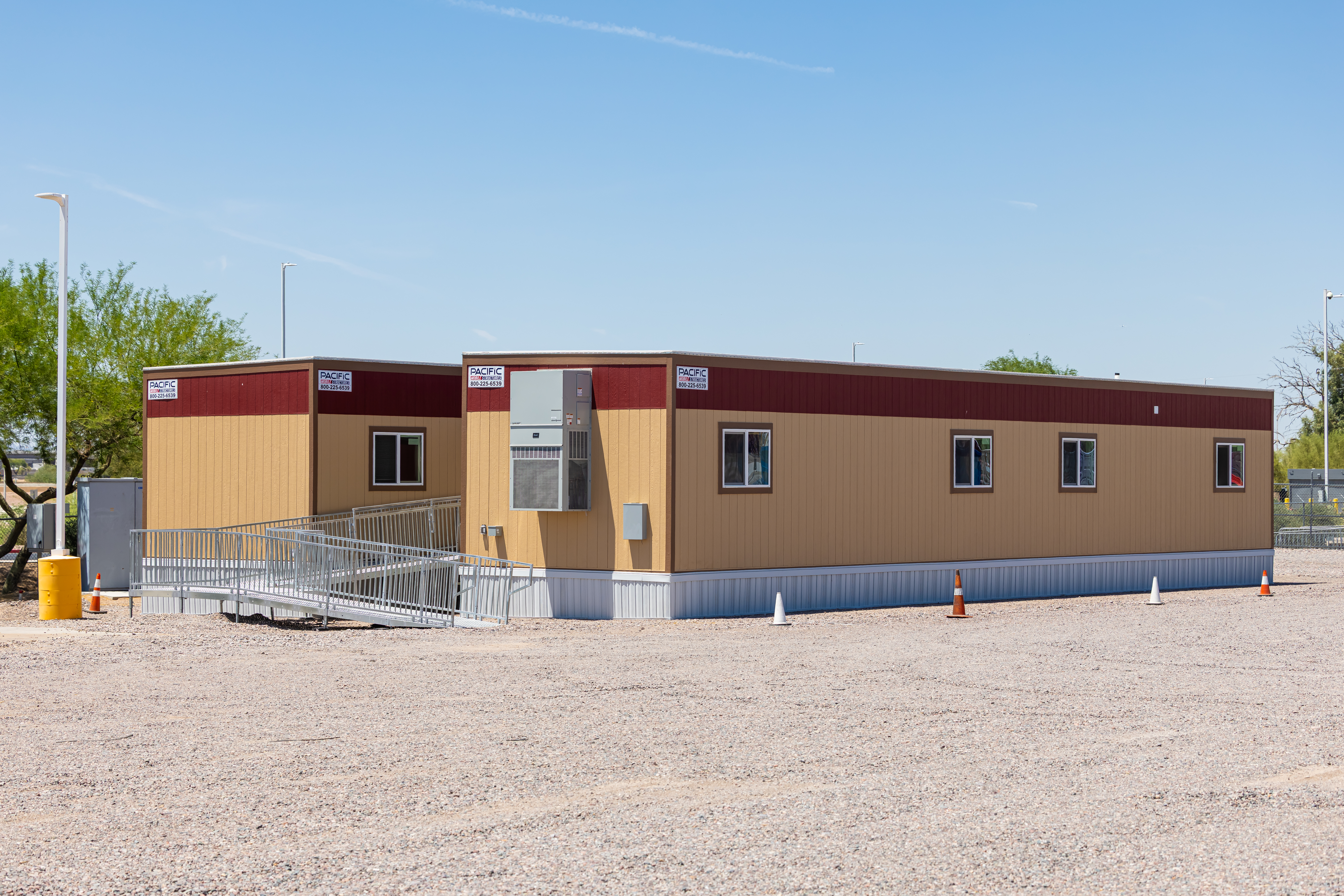
Modular vs. Manufactured Buildings: What Sets Them Apart?
In the world of construction, innovation and efficiency have become the name of the game. Companies and builders are constantly exploring new ways to streamline the construction process, reduce costs, and improve quality. Two methods that have gained significant attention are modular construction and manufactured buildings. But what exactly are the differences between the two? Let’s explore the distinctions between modular and manufactured buildings to help you make an informed choice for your next project.
Modular Construction: Building for Precision and Flexibility
What Is Modular Construction?
Modular construction, often referred to as “prefabricated construction,” is a method that involves creating individual building modules or sections in a controlled factory setting. These modules are then transported to the construction site and assembled together to create the final structure. Modular construction is known for its precision and flexibility.
Key Advantages of Modular Construction:
Speed and Efficiency: Modular construction is significantly faster than traditional on-site building methods. Since the modules are created in a factory, weather delays and other on-site disruptions are minimized.
Quality Control: Factory-based construction ensures a high degree of quality control. Skilled workers assemble modules with precision and consistency, reducing the risk of errors.
Design Flexibility: Modular construction offers architects and builders the flexibility to create custom designs, while maintaining high-quality standards.
Reduced Site Disruption: The majority of construction work happens off-site, leading to fewer disturbances in the neighborhood.
Sustainability: Many modular construction materials are eco-friendly, and the controlled factory environment minimizes waste.
Manufactured Buildings: Affordable and Quick
What Are Manufactured Buildings?
Manufactured buildings, often known as “mobile homes” or “prefabricated homes,” are entirely constructed in a factory and then transported to their permanent location. These structures are often single-family homes or commercial buildings and are known for their affordability and quick installation.
Key Advantages of Manufactured Buildings:
Affordability: Manufactured buildings are typically more cost-effective than traditional construction, making them an attractive option for those on a budget.
Quick Installation: These structures can be installed much faster than traditional construction, making them a popular choice for residential homes.
Quality Control: Similar to modular construction, manufactured buildings undergo rigorous quality control processes in the factory.
Energy Efficiency: Many manufactured buildings are built to energy-efficient standards, providing long-term cost savings on utility bills.
Versatility: They can be used for a wide range of purposes, including homes, offices, and retail spaces.
Key Differences
Transportation: Modular buildings are typically larger and transported in sections, while manufactured buildings are often transported as a whole unit.
Customization: Modular construction offers more design flexibility and customization options, making it ideal for commercial and multi-story structures. Manufactured buildings tend to be more uniform and are often used for residential purposes.
Location: Modular construction is more popular in urban settings, while manufactured buildings are often used in suburban or rural areas.
Use Cases: Modular construction is versatile and suitable for a wide range of projects, while manufactured buildings are primarily used for residential and small commercial purposes.
The choice between modular construction and manufactured buildings depends on the specific needs of your project. Modular construction offers precision, flexibility, and a wide range of applications, while manufactured buildings excel in affordability and quick installation. Both methods are cost-effective, sustainable, and can significantly reduce construction time.
If you are looking for a construction solution that matches your project requirements, it’s essential to carefully assess your goals, budget, and location to determine whether modular construction or manufactured buildings are the right fit for you. Ultimately, both options represent the future of construction, providing efficient and high-quality alternatives to traditional building methods.
Should you choose modular construction for your next project, Pacific Mobile Structures is ready to help. Reach out to our team today to get the space you need with the ultimate speed, ease, and a customer-first approach you won’t find anywhere else.



